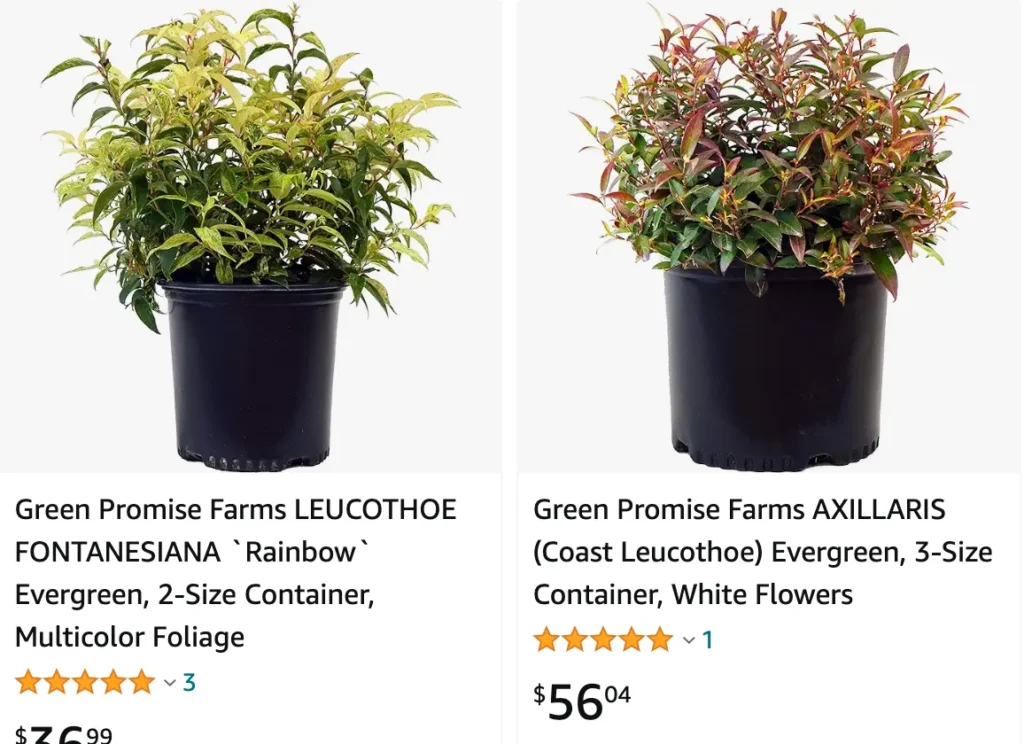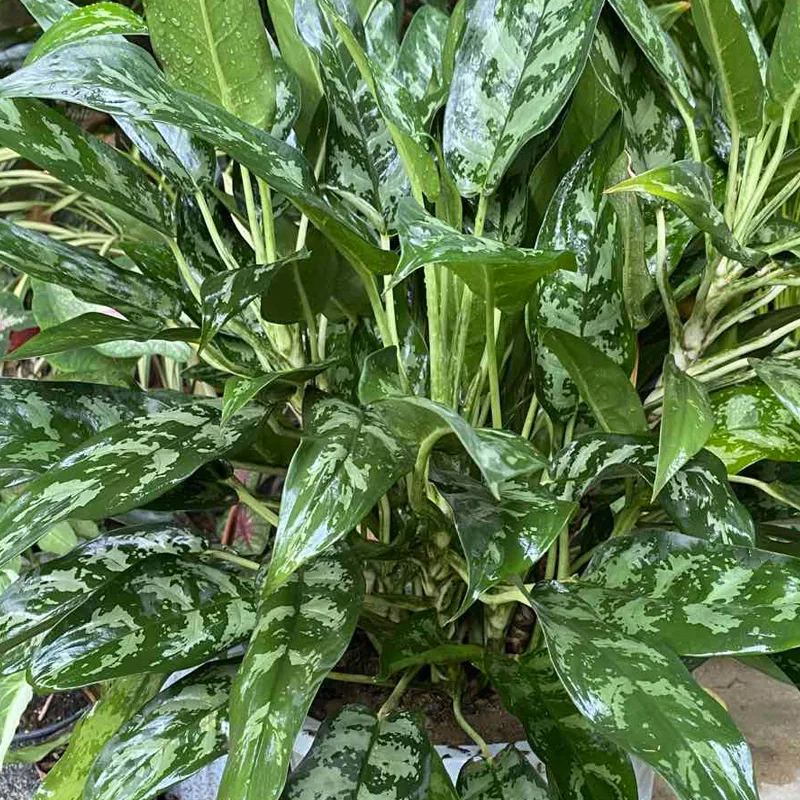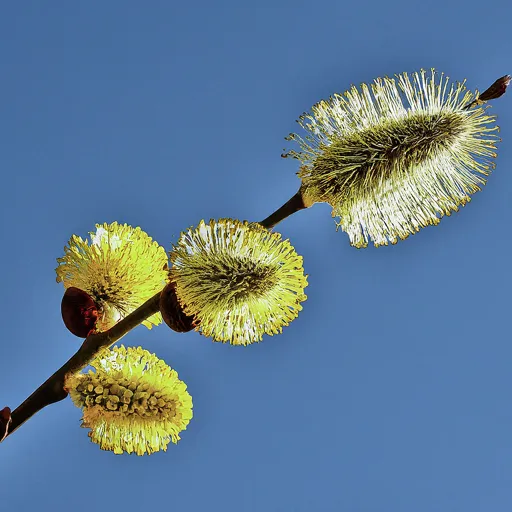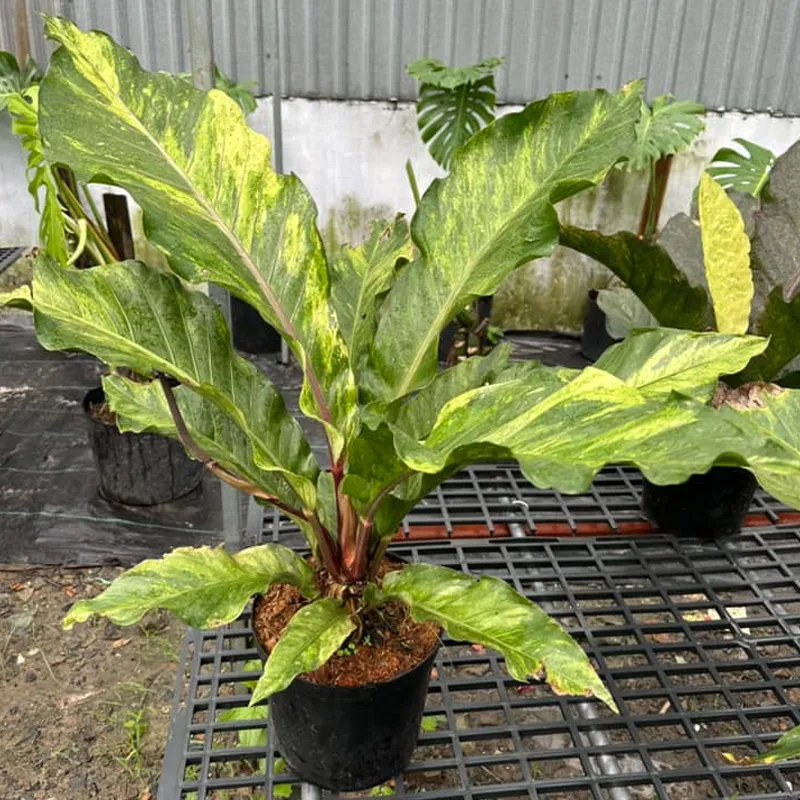
Leucothoe Axillaris: A Shade-Loving Beauty for Your Garden
As a gardener, I’m always on the lookout for plants that add a touch of elegance and year-round interest to my landscape. That’s where Leucothoe axillaris, also known as Coastal Doghobble, comes in. This native southeastern US shrub has stolen a place in my heart (and garden) with its glossy foliage, delicate flowers, and surprising resilience.
Leucothoe axillaris isn’t just a pretty face, though. It’s a low-maintenance shrub that thrives in shady areas, making it perfect for those forgotten corners under towering trees. But before you rush out and buy one, there are a few things you need to know about caring for this beauty.
5 Species in Genus Leucothoe
Leucothoe axillaris vs fontanesiana
I’ve grown Leucothoe axillaris and Leucothoe fontanesiana in my garden, and I’ve found that axillaris has a more compact, low-growing habit, which makes it great for smaller spaces. On the other hand, fontanesiana tends to be a bit taller and more upright, giving it a more dramatic presence. The axillaris also seems to have a denser foliage, while fontanesiana’s leaves are a bit more spread out, adding to its airy look. Both have that lovely evergreen quality, but the axillaris is definitely more manageable for tight spots, whereas the fontanesiana can stand out more in larger beds.
How to Care for Leucothoe Axillaris?
Leucothoe axillaris is a low-fuss plant, but like any good friend, it deserves a little TLC. Here’s what you need to do to keep it happy and thriving:
- Light: Leucothoe axillaris prefers dappled shade or filtered sunlight. Avoid planting it in full sun, especially in hot climates, as the leaves can scorch.
- Soil: This shrub is a fan of acidic, well-drained soil rich in organic matter. If your soil is heavy clay, amend it with compost or peat moss to improve drainage.
- Watering: Water your Leucothoe axillaris regularly, especially during the first year after planting. Once established, it’s fairly drought-tolerant, but don’t let the soil dry out completely. A good rule of thumb is to water deeply when the top inch of soil feels dry.
- Mulching: Apply a 2-3 inch layer of mulch around the base of the plant to retain moisture, suppress weeds, and regulate soil temperature.
- Fertilizing: Leucothoe axillaris doesn’t require heavy feeding. A light application of a balanced fertilizer in early spring may be beneficial, but avoid over-fertilizing as it can encourage excessive growth.
- Pruning: While not strictly necessary, you can prune your Leucothoe axillaris to maintain its desired shape and size. Prune lightly after flowering to remove dead, diseased, or overgrown branches. Remember, less is always more when it comes to pruning shrubs.
Is Leucothoe Axillaris Poisonous?
Unfortunately, yes, Leucothoe axillaris is poisonous. All parts of the plant contain toxins that can cause nausea, vomiting, and diarrhea if ingested. Important: Keep this in mind if you have curious pets or young children around. It’s always best to err on the side of caution and plant Leucothoe axillaris in areas where it won’t be easily accessible.
Where to Plant Leucothoe Axillaris ‘Silver’?
Leucothoe axillaris comes in several cultivars, with ‘Silver’ being a popular choice. This variety boasts stunning silvery-green foliage that adds a touch of brightness to shady areas. Here are some ideas for where to plant your Leucothoe axillaris ‘Silver’:
- Underplanting: Use it as an underplanting for taller trees that provide dappled shade. Its low-growing habit and shade tolerance make it a perfect companion for shade-loving perennials like hostas and ferns.
- Foundation plantings: Plant it along walkways or building foundations to add year-round interest and create a defined border.
- Mass plantings: Group several Leucothoe axillaris ‘Silver’ together to create a stunning mass of silvery foliage. This is a great way to add a touch of elegance to larger garden beds.
- Containers: Leucothoe axillaris can also be grown in containers, making it a versatile choice for patios and balconies with limited space. Just be sure to choose a pot with good drainage and water it regularly.
Leucothoe Axillaris: More Than Just a Pretty Face
Leucothoe axillaris offers more than just beautiful foliage. Here are some additional things to consider:
- Wildlife: This shrub provides valuable food and shelter for birds and other small creatures. Its bell-shaped white flowers, which bloom in spring, also attract pollinators like bees and butterflies.
- Winter Interest: The glossy foliage of Leucothoe axillaris often takes on a reddish hue in winter, adding a touch of color to the dormant landscape.
With its easy-going nature and stunning good looks, Leucothoe axillaris is a valuable addition to any shade garden. So, if you’re looking for a low-maintenance shrub that provides year-round interest, consider giving this Southern charmer a try. Just remember to keep it out of reach of curious critters and enjoy its elegant presence for years to come. With a little planning and care, Leucothoe axillaris can become a cherished member of your garden family, offering a touch of sophistication and natural beauty for all to admire.
If i die, water my plants!



